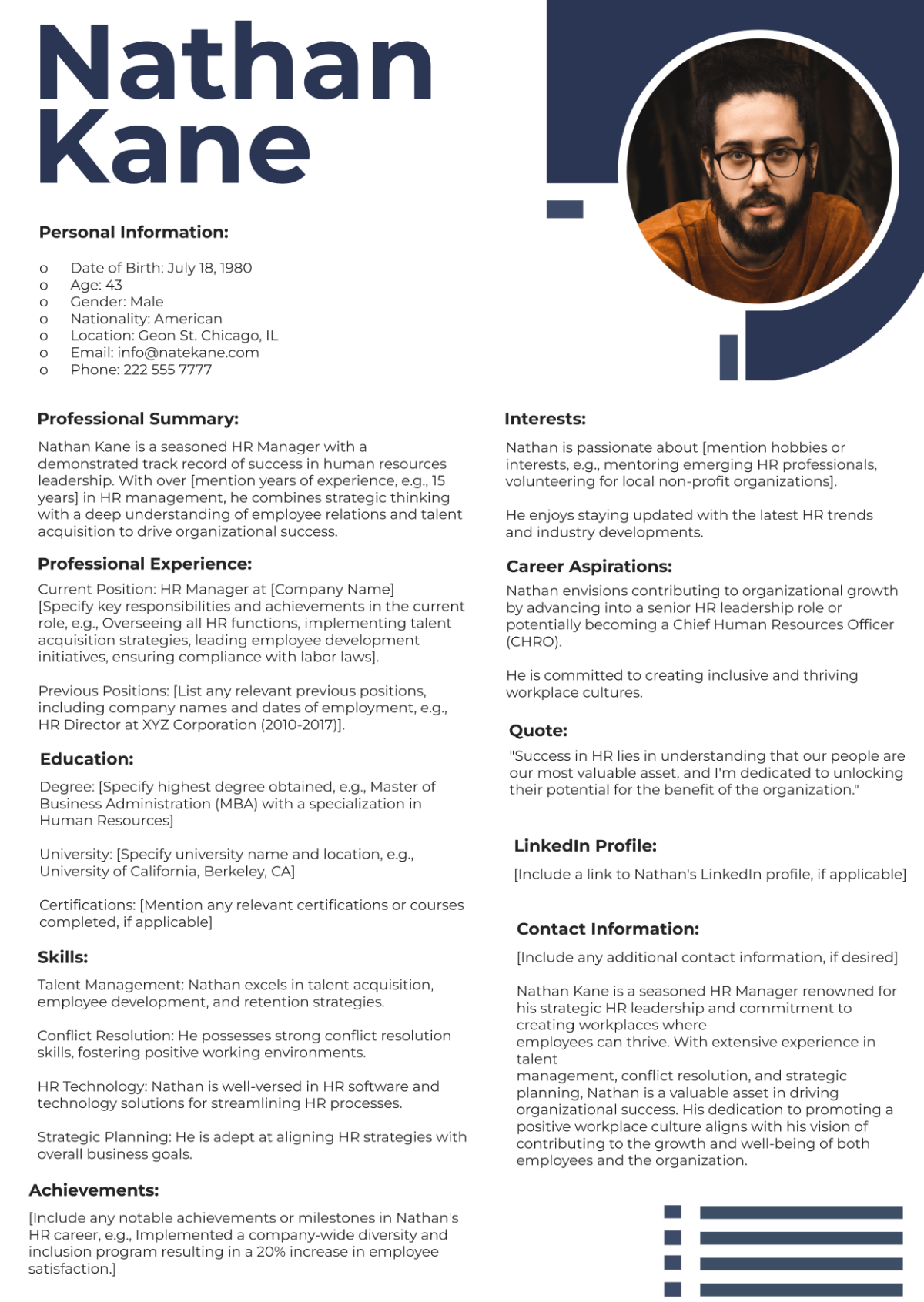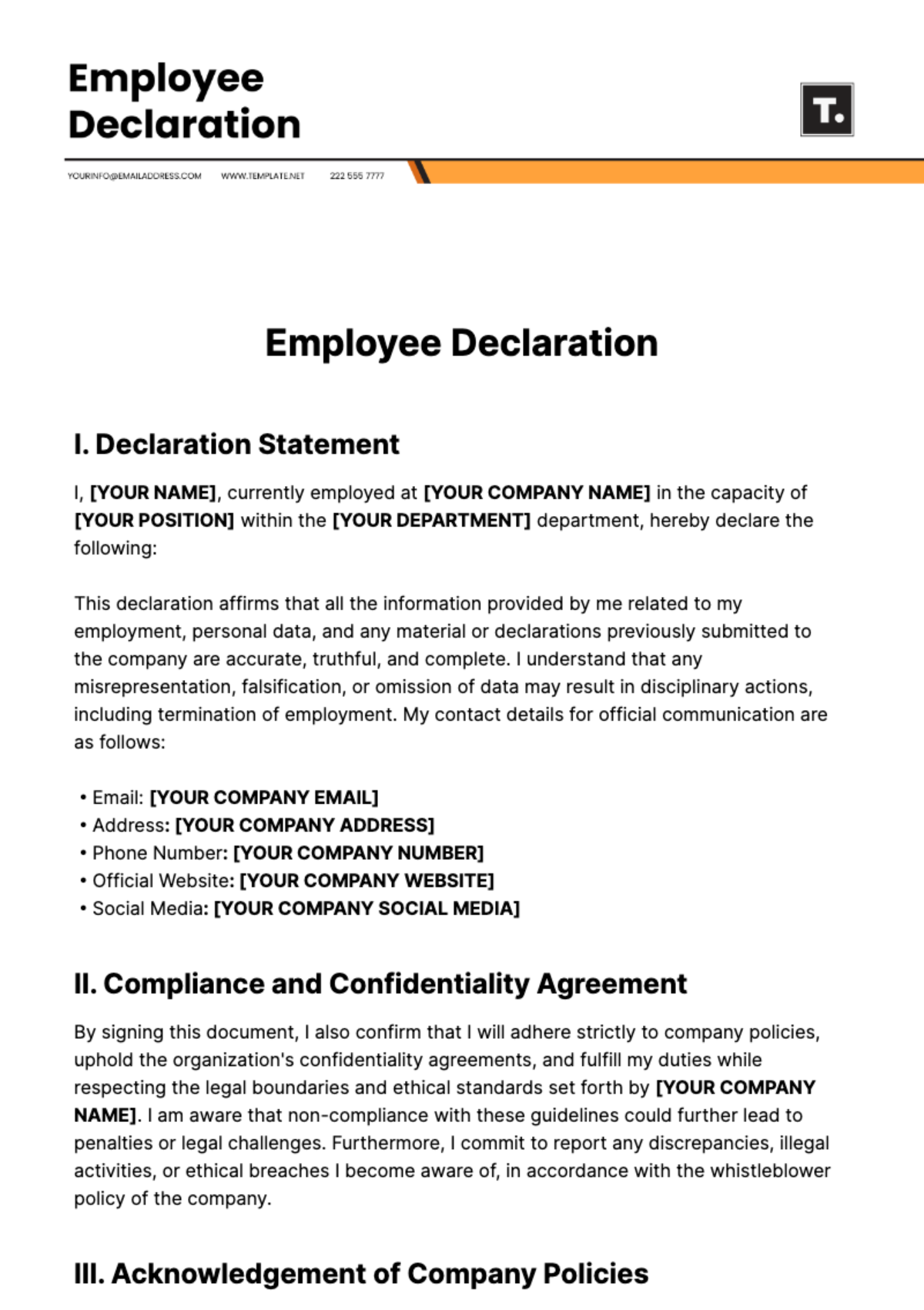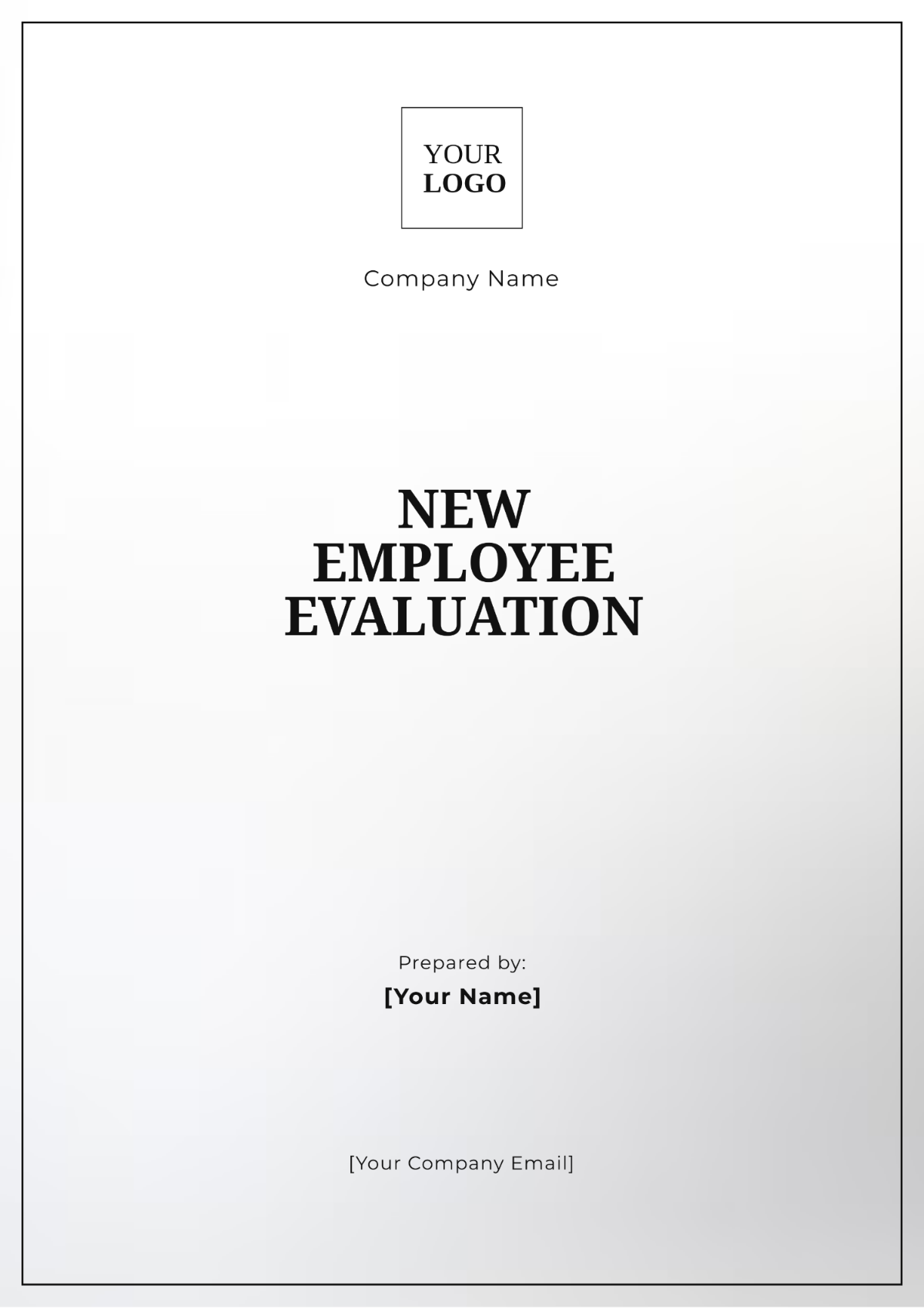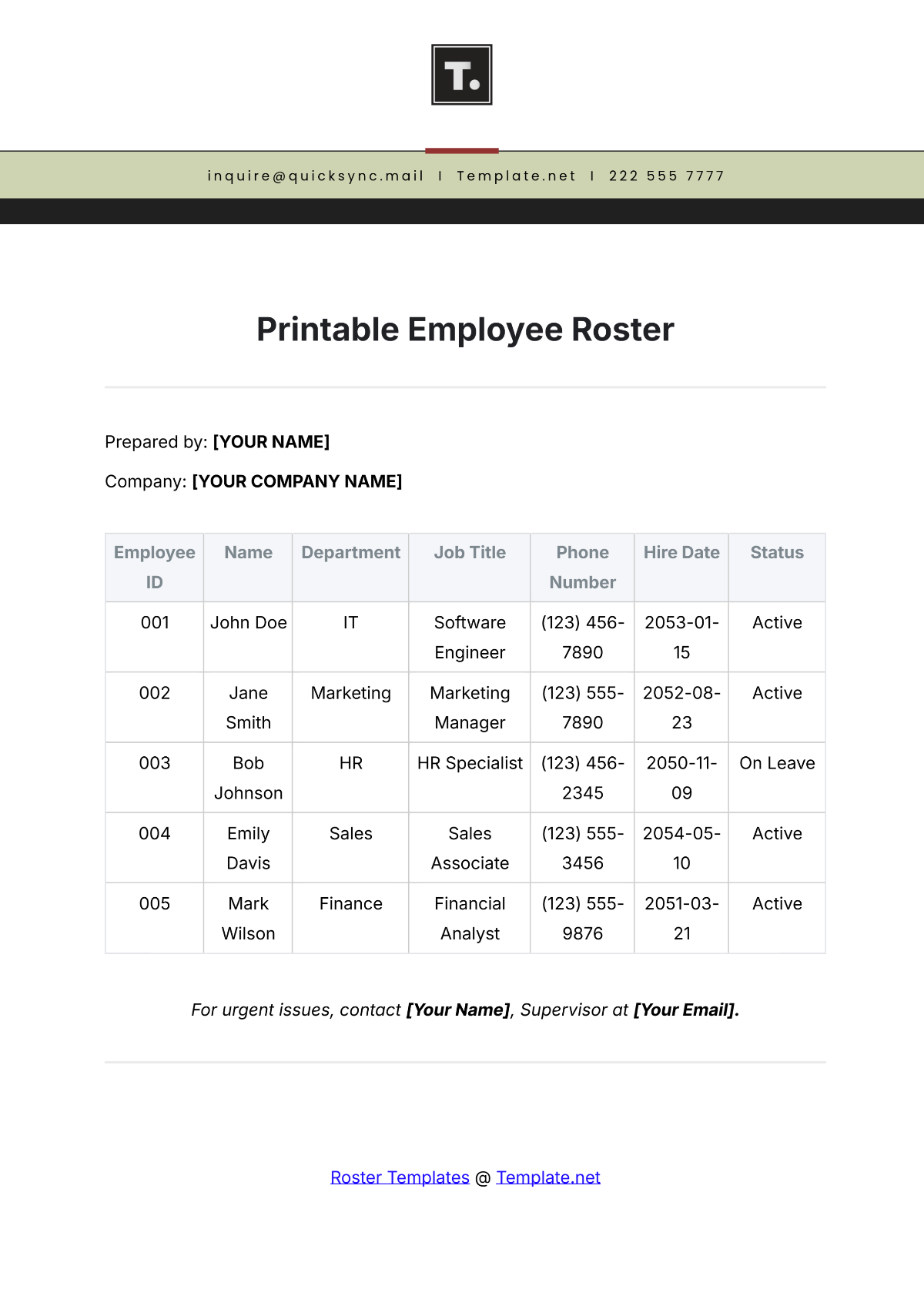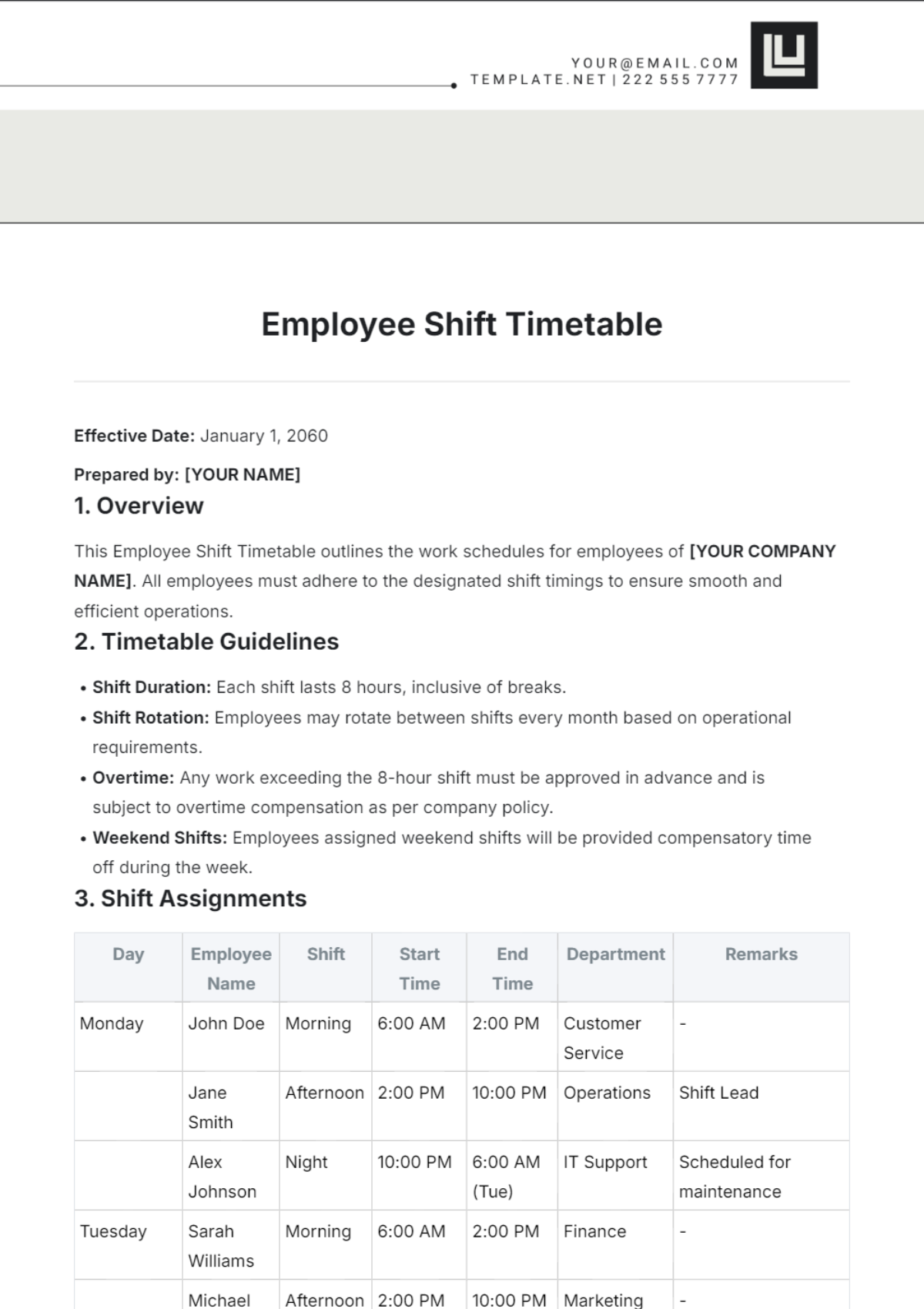Employee Relationship KPI and Metrics Study
TABLE OF CONTENTS
Executive Summary........................................................................................................2
1. Introduction..................................................................................................................3
2. Methodology...............................................................................................................3
2.1 Research Design and Scope....................................................................................3
2.2 Data Collection Methods.........................................................................................3
2.3 Ethical Considerations.............................................................................................4
3. Employee Engagement..............................................................................................4
3.1 Participation in Company Initiatives........................................................................4
3.2 Feedback Responsiveness......................................................................................4
3.3 Voluntary Event Attendance....................................................................................4
4. Job Satisfaction .........................................................................................................5
4.1 Satisfaction Surveys.................................................................................................5
4.2 Turnover Rates..........................................................................................................5
4.3 Work-Life Balance Metrics.......................................................................................5
5. Communication Effectiveness...................................................................................6
5.1 Communication Response Times.............................................................................6
5.2 Feedback Loop Metrics............................................................................................6
5.3 Communication Channel Utilization........................................................................6
6. Performance Recognition .........................................................................................6
6.1 Frequency of Recognition.........................................................................................7
6.2 Types of Rewards.....................................................................................................7
6.3 Recognition Program Participation Metrics............................................................7
7. Professional Development .........................................................................................7
7.1 Training Program Participation.................................................................................7
7.2 Career Progression Rates.........................................................................................8
7.3 Skill Acquisition Metrics ...........................................................................................8
8. Work Environment ......................................................................................................8
8.1 Workspace Satisfaction Metrics .............................................................................8
8.2 Collaboration Rates .................................................................................................8
8.3 Wellness Program Participation .............................................................................9
9. Diversity and Inclusion...............................................................................................9
9.1 Diversity Initiative Metrics........................................................................................9
9.2 Inclusion Workshop Participation ...........................................................................9
9.3 Employee Resource Group Metrics ........................................................................9
10. Conclusion and Recommendations ......................................................................10
Executive Summary
In this comprehensive study, we aim to analyze and evaluate key performance indicators (KPIs) and metrics related to employee relationships within our organization. By focusing on various aspects of employee engagement, satisfaction, and overall well-being, we strive to identify areas of improvement and opportunities for enhancing the employer-employee relationship.
1. Introduction
The introduction provides an overview of the purpose of the study, outlining the significance of measuring employee relationships and its impact on organizational success. It sets the context for the subsequent sections.
2. Methodology
This section delineates the research methods the researchers have employed, including surveys, interviews, and data analysis techniques. It clarifies the criteria used for selecting participants and the timeframe of the study. The methodology ensures the reliability and validity of the findings.
2.1 Research Design and Scope
This subsection delineates the study's research design, adopting a mixed-methods approach to gather comprehensive data. By combining qualitative and quantitative methods, the study aims to capture both the depth of employee experiences and the breadth of organizational trends. The scope is specified, focusing on key departments and hierarchical levels, ensuring a targeted and meaningful analysis.
2.2 Data Collection Methods
Employing a multi-faceted approach, this subsection details the use of surveys, interviews, and existing organizational data for data collection. The researchers have designed the surveys to gather quantitative insights, interviews to provide qualitative depth, and existing data supplements with historical context. The combination ensures a holistic understanding of employee relationships.
2.3 Ethical Considerations
In this crucial subsection, ethical considerations are paramount. The study emphasizes participant confidentiality through anonymized data collection, secures informed consent to respect individual autonomy, and adheres strictly to ethical guidelines governing human research. Clear communication and transparency in ethical practices build trust with participants and uphold the integrity of the study.
3. Employee Engagement
Employee engagement is a critical factor in organizational success. This section explores KPIs such as participation in company initiatives, feedback responsiveness, and attendance at voluntary events. Metrics related to the effectiveness of engagement programs are also analyzed.
3.1 Participation in Company Initiatives
This subsection delves into the intricacies of employee participation in company initiatives. By actively tracking involvement in volunteer programs and social events, the study aims to measure the degree of employee engagement. The focus is on creating actionable insights by understanding patterns and motivations behind participation, thereby informing strategies to enhance overall engagement.
3.2 Feedback Responsiveness
Employee feedback is a valuable resource, and this subsection concentrates on the organization's responsiveness to it. Metrics here assess the time taken to acknowledge and act upon feedback, fostering a culture of responsiveness and demonstrating the organization's commitment to actively engaging with employee input. The active voice is maintained to emphasize the organization's proactive approach to addressing feedback promptly.
3.3 Voluntary Event Attendance
Attendance at voluntary events is explored to gauge the enthusiasm and connectedness of employees. By actively measuring attendance rates and collecting feedback on these events, the study seeks to identify the correlation between voluntary event participation and job satisfaction. This section actively contributes to shaping strategies that enhance the appeal and impact of such activities.
4. Job Satisfaction
Job satisfaction is crucial for employee retention and productivity. This section examines KPIs such as satisfaction surveys, turnover rates, and internal mobility. The HR will also assess metrics related to work-life balance and job security.
4.1 Satisfaction Surveys
This subsection outlines the meticulous design and implementation of satisfaction surveys. Actively seeking employee input on specific aspects of their work environment and job roles, the study employs surveys as a dynamic tool for continuous improvement. The active voice emphasizes the organization's commitment to actively seeking and valuing the opinions of its workforce.
4.2 Turnover Rates
Analyzing turnover rates is crucial in assessing job satisfaction. By actively studying trends and patterns in employee departures, the organization gains insights into potential dissatisfaction triggers. The study actively seeks to identify areas for improvement, emphasizing a proactive stance in addressing turnover-related challenges.
4.3 Work-Life Balance Metrics
Work-life balance is central to job satisfaction, and this subsection actively examines metrics related to it. By analyzing overtime hours, leave utilization, and employee feedback, the study proactively addresses the factors influencing work-life balance. The active voice underscores the organization's commitment to actively enhancing the well-being of its workforce.
5. Communication Effectiveness
Effective communication is essential for a healthy employer-employee relationship. KPIs in this section include communication response times, feedback loops, and the utilization of communication channels. Metrics may cover the clarity of messages and overall satisfaction with communication methods.
5.1 Communication Response Times
This subsection actively scrutinizes communication response times within the organization. By actively measuring the speed of response to internal communications and feedback channels, the study seeks to identify areas for improvement in communication efficiency. The active voice emphasizes the organization's proactive stance in ensuring timely and effective communication.
5.2 Feedback Loop Metrics
Metrics related to feedback loops are actively analyzed to gauge the effectiveness of the organization's communication channels. Actively measuring the frequency and impact of feedback cycles, the study aims to actively enhance the responsiveness of these loops. The active voice underscores the organization's commitment to creating a dynamic and responsive feedback culture.
5.3 Communication Channel Utilization
Actively assessing the utilization of communication channels is pivotal in understanding their effectiveness. This subsection actively measures the usage patterns of different channels, emphasizing the need to adapt and optimize communication methods actively. The active voice conveys the organization's commitment to actively refining its communication strategies.
6. Performance Recognition
Recognizing and rewarding performance is integral to employee morale. This section assesses KPIs such as frequency of recognition, types of rewards, and employee recognition program participation. Metrics focus on the perceived fairness and impact of recognition initiatives.
6.1 Frequency of Recognition
This subsection actively assesses the frequency of employee recognition within the organization. By actively measuring how often the HR acknowledges the employees for their achievements, the study seeks to identify patterns that contribute to a positive work culture. The active voice underscores the organization's commitment to recognizing and appreciating its workforce regularly.
6.2 Types of Rewards
Metrics related to reward types are actively analyzed to align the organization's reward system with employee preferences. By actively assessing the types of rewards offered, the study aims to understand what resonates most with employees, contributing to a more personalized and impactful recognition system. The active voice emphasizes the organization's proactivity in tailoring reward structures to employee needs.
6.3 Recognition Program Participation Metrics
This section actively assesses the participation rates in formal recognition programs. By actively measuring employee engagement with recognition initiatives, the study aims to evaluate the popularity and effectiveness of existing programs. The active voice underscores the organization's commitment to actively promoting and sustaining a culture of recognition.
7. Professional Development
Employees value opportunities for growth and development. This section examines KPIs such as participation in training programs, career progression rates, and skill acquisition. Metrics include employee feedback on development opportunities and the effectiveness of learning initiatives.
7.1 Training Program Participation
Metrics related to training program participation are actively examined to gauge the extent to which employees engage in professional development opportunities. Actively tracking participation rates in various training initiatives, the study aims to identify trends and patterns, informing strategies for enhancing learning and development. The active voice emphasizes the organization's commitment to fostering continuous growth and improvement.
7.2 Career Progression Rates
This subsection actively analyzes the rates at which employees progress in their careers within the organization. By actively examining promotions and lateral moves, the study aims to identify factors contributing to career advancement and areas for improvement. The active voice underscores the organization's proactive stance in supporting and nurturing employee career progression.
7.3 Skill Acquisition Metrics
Metrics related to skill acquisition are actively focused on assessing the effectiveness of learning initiatives. Actively measuring the acquisition and application of new skills, the study seeks to understand the impact of professional development programs. The active voice emphasizes the organization's commitment to actively fostering a skilled and adaptable workforce.
8. Work Environment
A positive work environment contributes to employee satisfaction. This section analyzes KPIs such as workspace satisfaction, collaboration rates, and wellness program participation. Metrics may delve into factors affecting the physical and virtual work environment.
8.1 Workspace Satisfaction Metrics
This subsection actively evaluates workspace satisfaction metrics to ensure a positive and conducive work environment. Actively assessing factors such as cleanliness, comfort, and functionality, the study aims to identify areas for improvement. The active voice emphasizes the organization's commitment to actively creating a workspace that enhances employee satisfaction and productivity.
8.2 Collaboration Rates
Metrics related to collaboration rates are actively examined to gauge how often employees engage in collaborative efforts. By actively assessing collaboration patterns within and between teams, the study aims to identify opportunities for fostering teamwork and synergy. The active voice underscores the organization's proactive approach to creating a collaborative work environment.
8.3 Wellness Program Participation
Participation metrics for wellness programs are actively analyzed to assess their impact on employee well-being. By actively measuring participation rates, the study aims to understand the popularity and effectiveness of wellness initiatives. The active voice emphasizes the organization's commitment to actively promoting
employee wellness and work-life balance.
9. Diversity and Inclusion
Promoting diversity and inclusion is essential for a harmonious workplace. This section explores KPIs related to diversity initiatives, inclusion workshops, and employee resource group participation. Metrics assess the perceived inclusivity and equality within the organization.
9.1 Diversity Initiative Metrics
This subsection actively delves into the effectiveness of diversity initiatives by examining metrics such as diversity training attendance and demographic shifts. Actively measuring the impact of these initiatives, the study aims to identify areas for improvement in promoting diversity. The active voice underscores the organization's proactive stance in fostering an inclusive workplace.
9.2 Inclusion Workshop Participation
Metrics related to inclusion workshop participation are actively assessed to gauge employee engagement with initiatives promoting inclusion. By actively measuring participation rates and gathering feedback, the study aims to enhance the effectiveness of inclusion workshops. The active voice emphasizes the organization's commitment to actively promoting a culture of inclusion.
9.3 Employee Resource Group Metrics
This section actively assesses the participation rates and impact of employee resource groups in promoting diversity and inclusion. By actively measuring involvement and gathering feedback, the study aims to understand the effectiveness of these groups. The active voice underscores the organization's proactive approach to supporting and leveraging employee resource groups to foster diversity and inclusion.
10. Conclusion and Recommendations
The conclusion summarizes key findings from the study and offers actionable recommendations based on the identified KPIs and metrics. These recommendations aim to improve the overall employee relationship and contribute to the organization's success.







